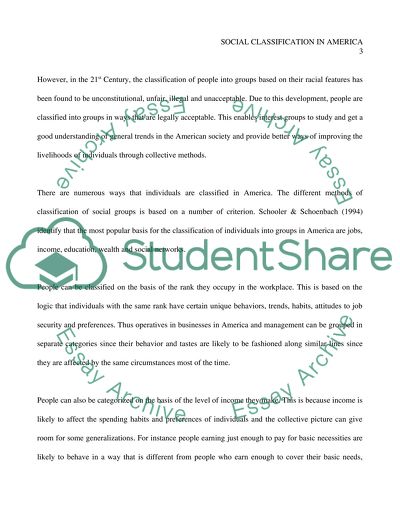Cite this document
(“Research English Essay Example | Topics and Well Written Essays - 1500 words”, n.d.)
Retrieved de https://studentshare.org/english/1432586-research-english
Retrieved de https://studentshare.org/english/1432586-research-english
(Research English Essay Example | Topics and Well Written Essays - 1500 Words)
https://studentshare.org/english/1432586-research-english.
https://studentshare.org/english/1432586-research-english.
“Research English Essay Example | Topics and Well Written Essays - 1500 Words”, n.d. https://studentshare.org/english/1432586-research-english.


